The University of Kiel’s aerographite maintains its grip at the top of the Advanced Materials Top 40 this week.
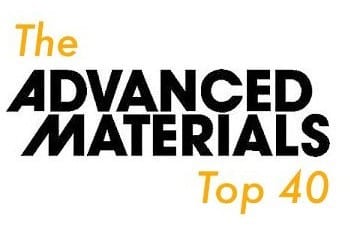

The University of Kiel’s aerographite maintains its grip at the top of the Advanced Materials Top 40 this week.
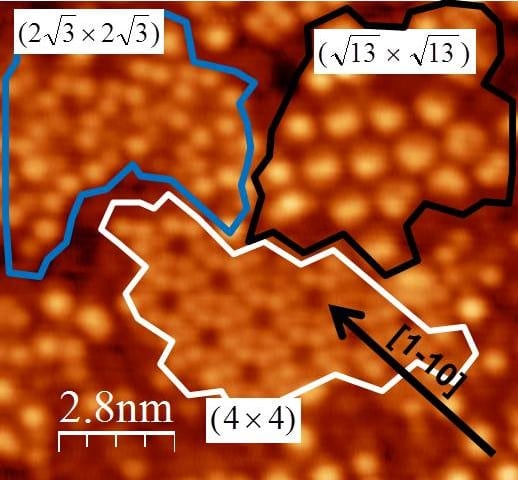
The next generation of computing could be performed with silicene, an atomically thin form of silicon which could revolutionize electronics.
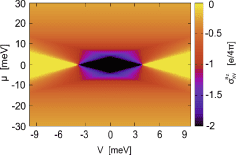
Spin Hall effects, scintillators, and nanotubes – these and more in July’s physics highlights.
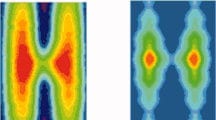
New work looks at recent progress in STM and DFT studies on the electronic structure of reduced rutile titanium dioxide.

Work on the synthesis of Aerographite, a new type of ultra-lightweight material, moves up five places to number 1 in this week’s Advanced Materials top 40.
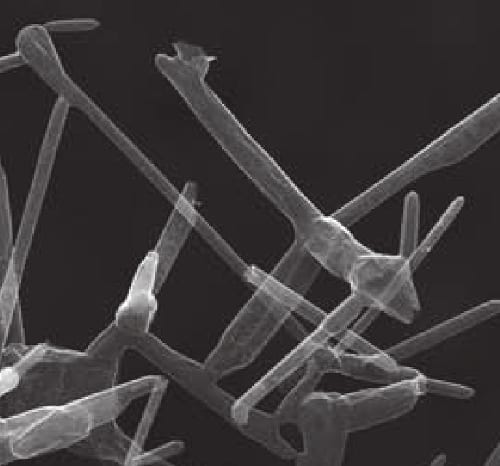
A German materials science lab have reported the fabrication of a new material that breaks the record for lightest solid.

Sun and Ruoff go straight in at number one this week, with their new method for casting graphene structures.
Relating the swelling of styrene-butadiene rubber to the concentration of toluene in gasoline represents a new method to detect fuel adulteration.

New work in nanotechnology: nanotexturing of plastics improves anti-reflectivity.

It’s a new top 40 and a new top 3 this week, with a distinctly nano theme: work on making and using gold nanorods comes in at number one.